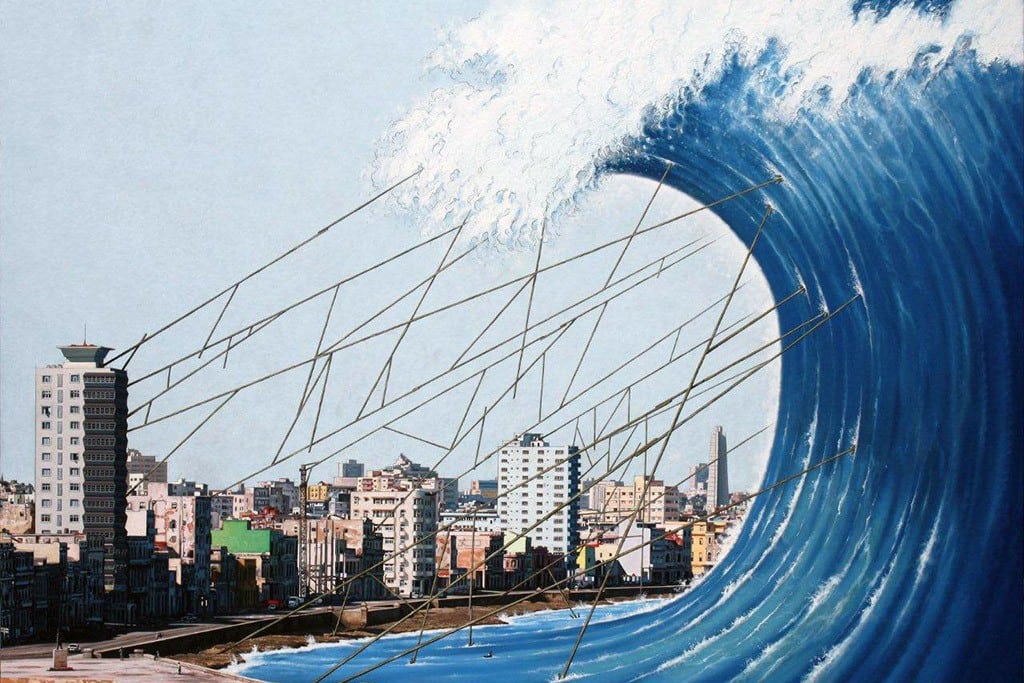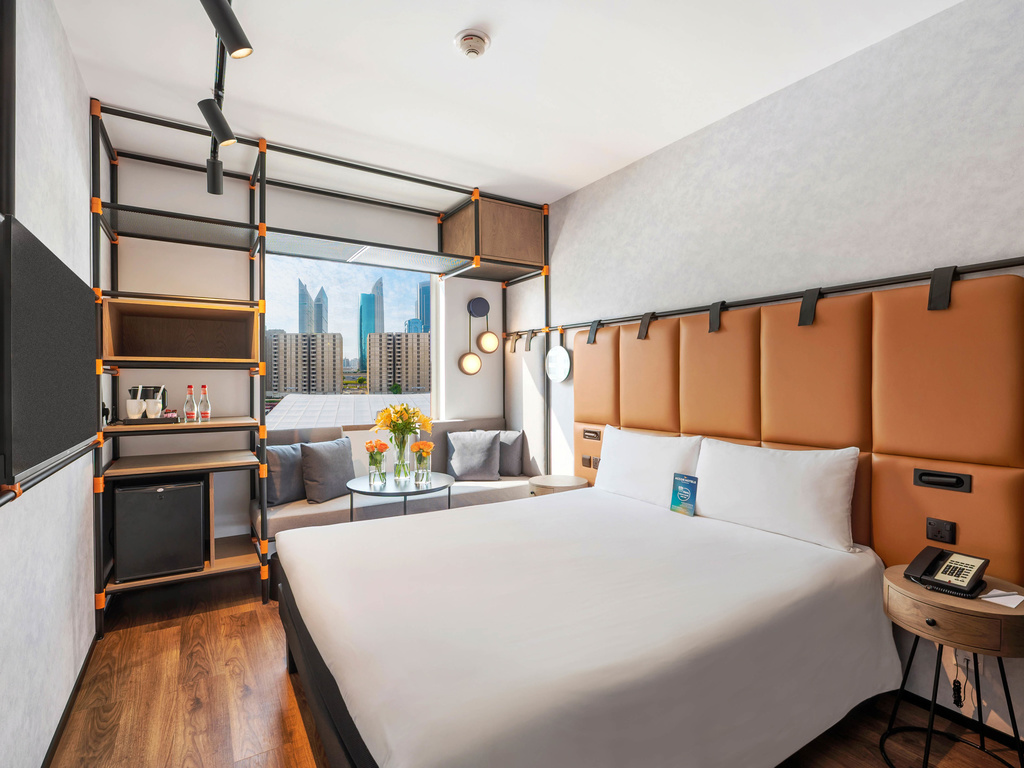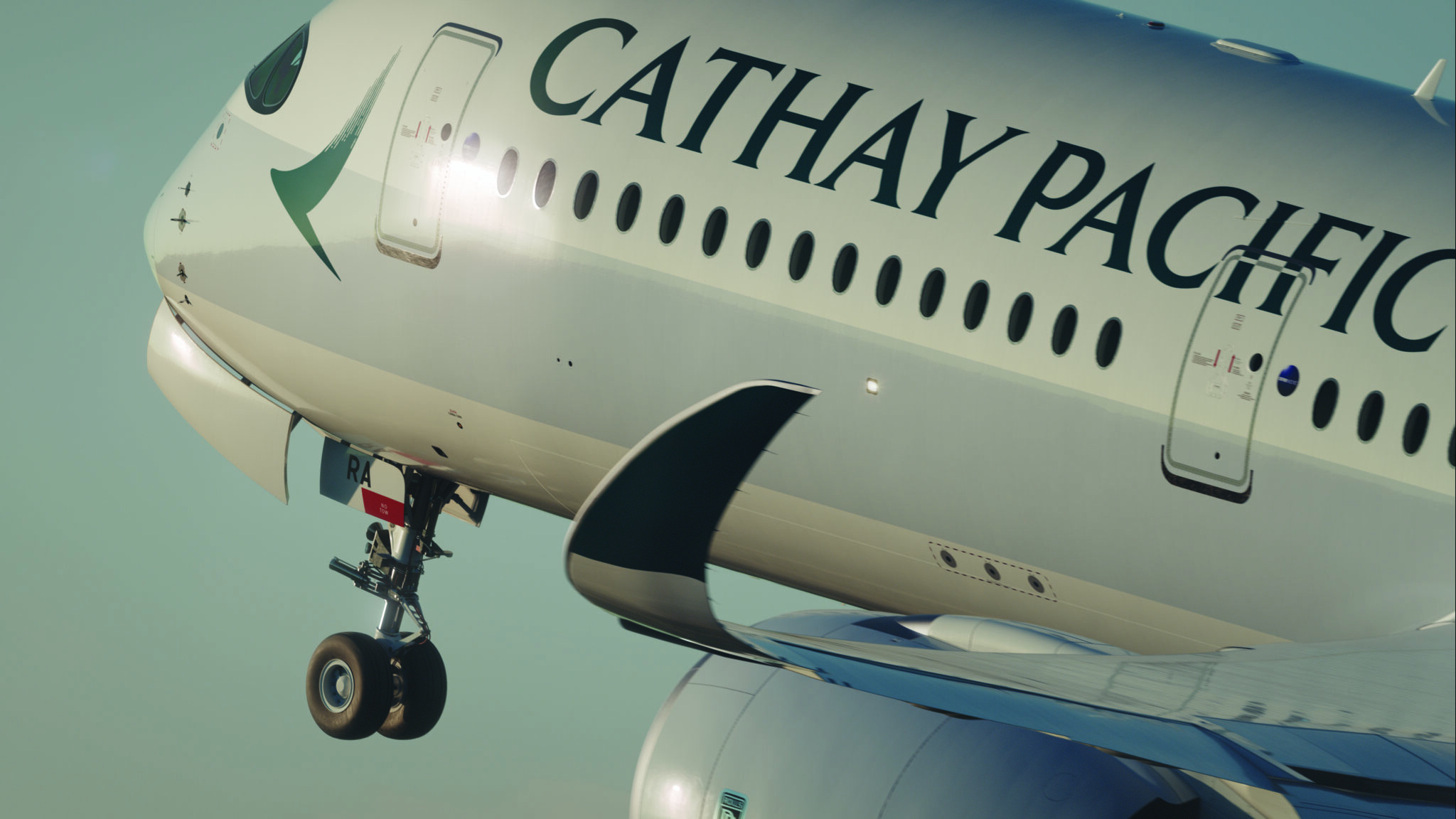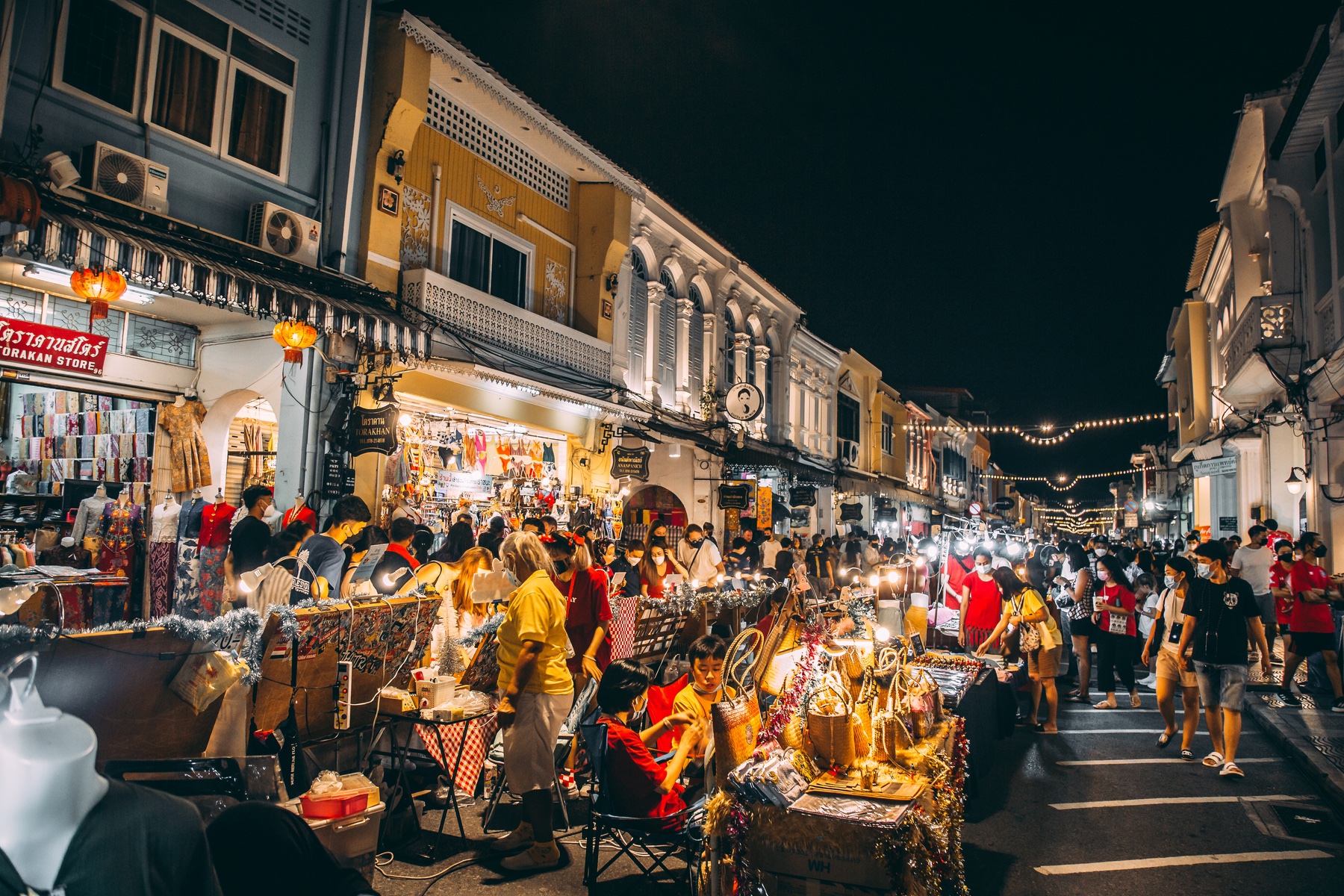Cuban Tourism for Non-U.S. Tourists Has Already Changed Dramatically
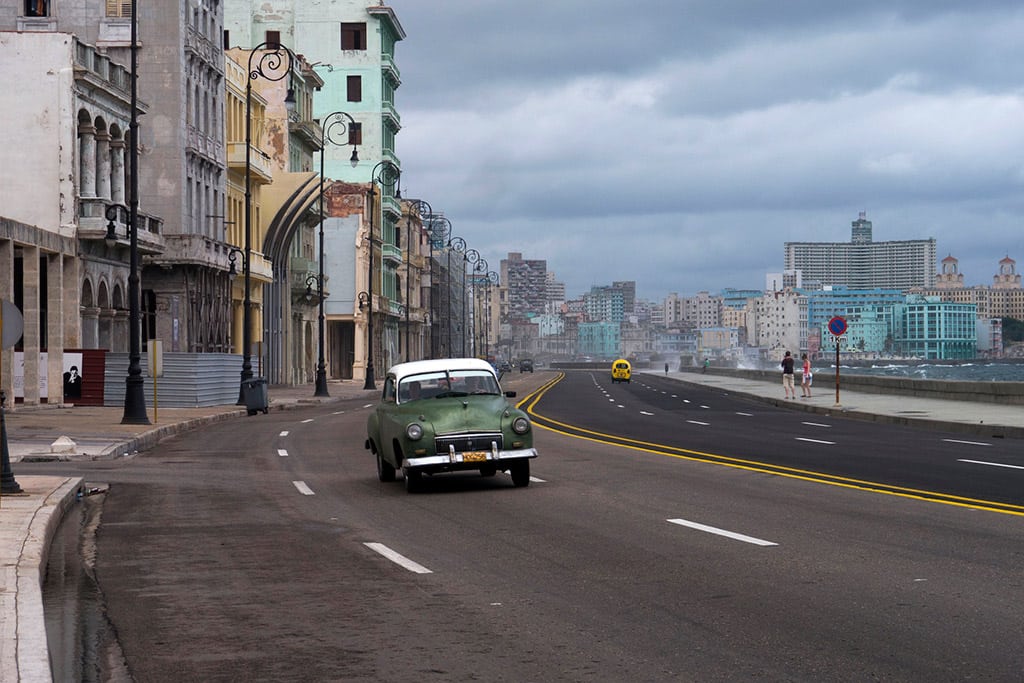
Skift Take
Cuban artist Reynerio Tamayo’s work "Underpinned Wave," painted in 2012 [below], shows a huge tsunami about to shatter over Havana’s iconic seaside esplanade, the Malecón, but it’s pinned back on the point of breaking by Cuba’s wooden scaffolding, a common sight in the Caribbean capital.
The canvas is extraordinarily prescient, though, painted two years before December 17th 2014 when United States President Obama and Cuban president Raúl Castro announced a thaw in diplomatic relations after 50 years of deadlock - and a metaphor for what some fear may happen to Cuba once the 55-year-old U.S. trade embargo - which prevents American businesses trading in Cuba and American tourists visiting Cuba - is lifted.
Urban architect Miguel Coyula told an American people-to-people National Geographic Expeditions group last December that he feared a “tsunami” of visitors and its impact on Havana.
Yesterday, the U.S. and Cuba signed an agreement paving the way for direct scheduled flights to the island. Word on the street is that the ‘travel ban’ - the U.S. Treasury rule that prevents American citizens spending money in Cuba - will be lifted sooner rather than later opening the door to full U.S. tourism in Cuba.
It has been a remarkable year. Cuba’s tourism stats reveal that 3,139,000 tourists came to Cuba during January to November 2015, meaning it notched up 17.6% more visitors than from the same period last year. The number of Americans signing up for official people-to-people tours has also soared.
But Cuba está full, as the Cubans say, and prices have jumped making this last year an increasingly difficult and increasingly expensive adventure for the European traveler.
A spokesman for The Holiday Place, a key British player in the Cuba tourism market where Brits make up the fourth largest tourist arrival group (down two places from 2014 where it was in the number two position behind the Canadian leaders), told Skift:
”Prices have gone up and hotel room costs have almost tripled in price in 2015. This year we took 22% more British holidaymakers to Cuba than the year before. Things will get more difficult with hotels and transport if Cuba opens up to full American tourism but we are confident in our positioning with almost 30 years working in Cuba."
Last December 2014, I flew to Cuba with Virgin Atlantic - the only direct carrier from London - for £668. Post December 17th, prices had reached more than £1,000 and on many dates in the early part of 2015, flights were sold out. I flew London-Miami-Cancun-Havana just so I could get into the country on the dates I needed to.
Top hotels and B&Bs are now booked solid months ahead. Stop sales have been issued in a number of hotels through 2016. At the best hotel in Havana, the Saratoga, rack rate room prices started at CUC$246 in June 2015. Its website now states a minimum of CUC$422 with its top Habana Suite selling for more than CUC$1,000.
Many B&Bs (casas particulares) have raised prices, too. The standard CUC$25 per night per room that has been common across the island for more than a decade has crept up to $30 and $40 in some cities, such as Trinidad. A stylish independent apartment sleeping six, available for US$179 a night in mid 2014 in Havana, is now priced at US$349, a near doubling of the price. And only Americans can use Airbnb, remember.
In late November, Cuba’s Havanatur tour agency reported a party of tourists sleeping alfresco in the church plaza in Viñales town, at the heart of the UNESCO-crowned Viñales Valley, surrounded by a police cordon as there was no more room at the inn. A loud call was issued to B&B owners to present themselves in the plaza if they had any available rooms; nobody pitched up. This is just the beginning of the squeeze on Cuba’s already stretched infrastructure.
Most independent travelers use the tourist coach service Víazul to reach the provincial capitals of the island. This year - with the advent of online booking - it has caused chaos with bus handlers unable to tell if the bus is full with its online and live ticket sales until the last second. Earlier this year I insisted on being able to buy a ticket, with no guarantee of a seat, for a bus that had been declared full to take an urgent journey; I also booked four months ahead online for another crucial long-distant journey.
Word on the street in Havana is that even the bad paladares (private restaurants) are full. In mid November, I called my five favorite paladars on a Sunday lunchtime for an evening reservation; they were all booked solid. Evening reservations have been a must for a few years now but to not be offered a table at another time the same evening has been unheard of - until now.
Many operators are riding the Cuban tourism boom, and once the door is wide open to full U.S. American tourism, the jamboree will be greater. But, Cuba’s leaders need a solid infrastructure and planning strategy to cope with thousands more visitors, dozens of cruise ship passengers disgorging into tiny colonial streets, and a plan to make sure the eastern swathe of the island benefits from this extraordinary tourism opening.
Claire Boobbyer is a a freelance travel writer, editor and photographer, and Cuba travel expert. She writes about Cuba for the international press and contributes to 12 travel guides to the island.

